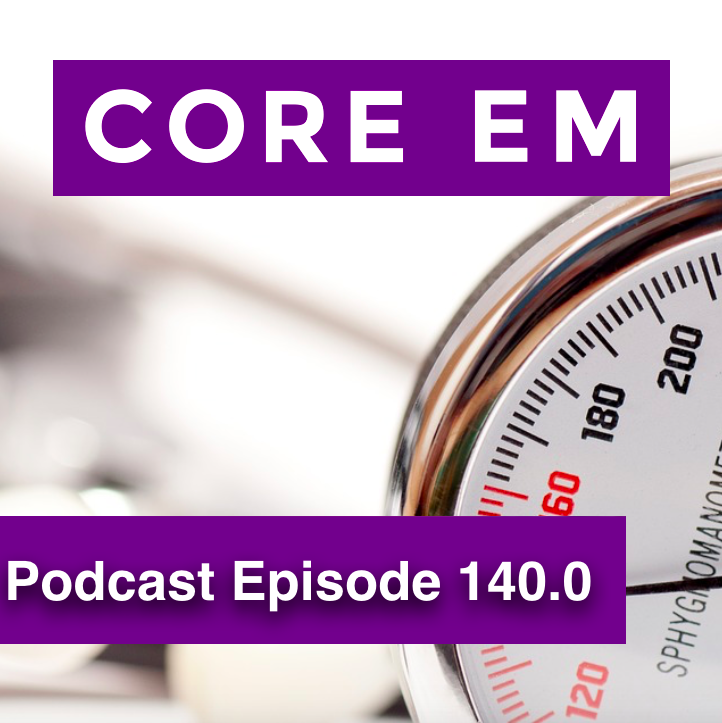
Episode 140.0 Disutility of Orthostatics in volume Loss

Core EM - Emergency Medicine Podcast
Shownotes Transcript
This week we discuss the disutility of orthostatic vital signs as a diagnostic tool in patients with suspected volume loss.
https://media.blubrry.com/coreem/content.blubrry.com/coreem/Podcast_140_0_Final_Cut.m4a
Download Leave a Comment Tags: Cardiology, Orthostatic Hypotension
Show Notes
Summary: Based on the limited available evidence, it’s unlikely orthostatic vital sign measurement can be used to determine which patients have volume loss and which do not. The baseline prevalence of orthostatic vital signs is common and patients will not always develop orthostatic vital signs in response to volume loss. Therefore, there will both be patients who are orthostatic by numbers without volume loss and there will be patients with volume loss who are not orthostatic by numbers. Symptoms, with the exception of inability to stand to have orthostatics performed, are not useful either.
Bottom Line: Based on the low overall sensitivity of orthostatic vital sign measurements, they should not be used to influence clinical decision making.
Read More
REBEL EM: Orthostatic Hypotension in Volume Depletion
References:
Skinner JE et al. Orthostatic heart rate and blood pressure in adolescents: reference ranges. J Child Neuro 2010; 25(10): 1210-5. PMID: 20197269
Stewart JM. Transient orthostatic hypotension is common in adolescents. J Pediatr 2002; 140: 418-24. PMID: 12006955
Ooi WL et al. Patterns of orthostatic blood pressure change and the clinical correlates in a frail, elderly population. JAMA 1997; 277: 1299-1304. PMID: 9109468
Aronow WS et al. Prevalence of postural hypotension in elderly patients in a long-term health care facility. Am J Cardiology 1988; 62(4): 336-7. PMID: 3135742
Witting MD et al. Defining the positive tilt test: a study of healthy adults with moderate acute blood loss. Ann Emerg Med 1994; 23(6): 1320-3. PMID: 8198307
McGee S et al. The rational clinical examination. Is this patient hypovolemic. JAMA 1999; 281(11): 1022-9. PMID: 10086438
Johnson DR et al. Dehydration and orthostatic vital signs in women with hyper emesis gravidarum. Acad Emerg Med 1995; 2(8): 692-7. PMID: 7584747
